By: Diane Kashin, Ed.D, RECE.
Connecting to early childhood educators is at the core of my practice. Making connections is central to my being an early childhood educator. Pre-COVID, I would be making time to visit child care programs to learn from those who are working directly with children. I really miss being where the action is and being connected on that level. Instead, I have this blog and I am grateful that I can reach out to you, the readers, to learn about you and your practice. I am curious about your use of webs as a way of making connections and revealing relationships in a multi-layered way. When I taught early childhood education students decades ago, I introduced webbing as a way of brainstorming emerging interests and ideas (Jones & Nimmo, 1994). Webbing is a graphic organizing strategy that provides a visual of how words or phrases connect to a topic, also known as mind mapping (Buzan,1993). I like the flexibility and non-linear aspects of webs. I am wondering are they still being utilized? Do you use them to plan? Do you use them with children? In my searches online, I see evidence of their use but found few current postings or articles.
I found this article by Buell and Sutton from 2008 that refers to webbing as “a new approach”. This was 14 years ago; I am wondering what is happening now?
Webbing has been associated with the Project Approach. When I was teaching ECE, many early childhood educators were using projects as way to organize content within an emergent curriculum. The Project Approach “refers to a way of teaching and learning as well as to the content of what is taught and learned” (Katz & Chard, 1989, p. 3). It is a set of teaching strategies which enable teachers to guide children through in-depth studies of real-world topics (Katz & Chard, 2000). I have been wondering, if educators are still engaging with projects? When working on projects with children do you use webs? Or do you do long term investigations with children but call them something else? Perhaps you use the term “inquiry”? Are webs or mind maps used when following an inquiry approach? Here is a slideshow from an educator inspired by actual spiders who uses webs to support children’s emerging interests.
https://slideplayer.com/slide/4226460/
I find webbing useful in my research and my writing. Webs help me to make connections and build relationships. They help me to take a layered approach to reflections which provides an opportunity to see the circles within the circles or the stories within the stories. I believe this approach can deepen the experiences provided for children and heighten awareness of pedagogy and curriculum. At the same time, it can bring forth a recognition of our own learning as teachers. Mind maps are known as webs because of their resemblance to spider webs. The web suggests an interconnection between layers beginning at the centre and moving outwards. The web begins with the spider but honestly, I don’t love spiders! However, they are inspiring me to think deeply. My superhero loving grandson recognizes that weaving webs is a super power! For me, I am drawing inspiration from this book – Spider Spins a Story which brings together fourteen spider legends!
On one level, as a grandmother, I relate to the spider known in many of these legends as Grandmother Spider – the weaver of dreams, the planter of gardens and spinner of webs. The spider aids others with wisdom and ability.
According to the Muskogee legend, grandmothers make dream catchers for children so that good fortune will come their way. According to Ojibwe legend, dream catchers are attributed to the Spider Woman, a spiritual protector of the young. Early childhood educators are protectors of the young. They have the ability to weave a world of wonders for children. They have the power to support children to see and feel the threads that connect us all. Early childhood educators have the capacity to make connections and build relationships in wondrous ways. Weave a web with children and see where it goes!
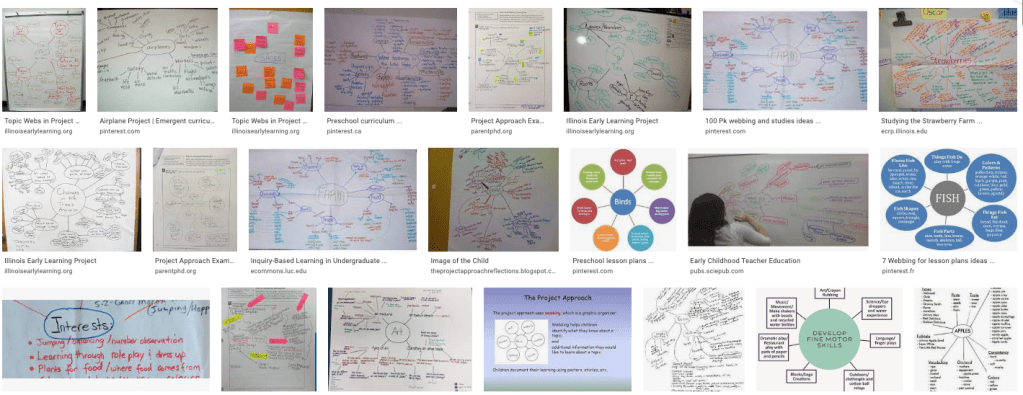
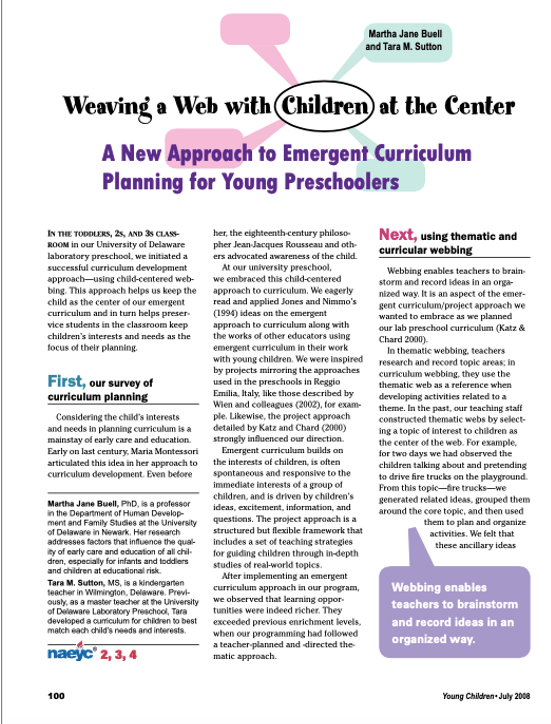
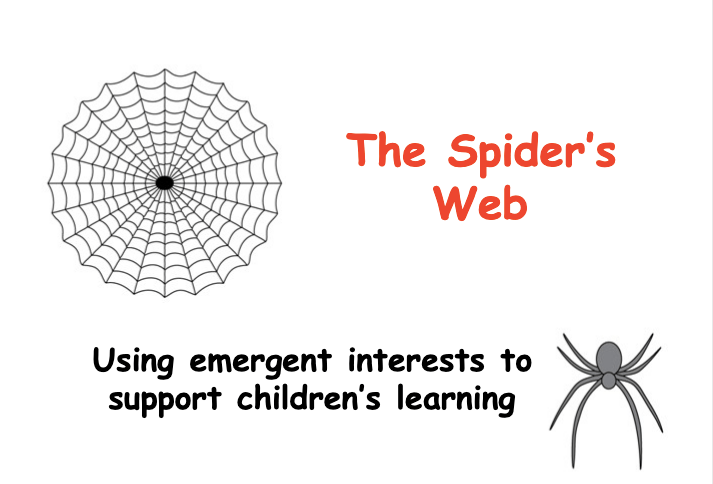
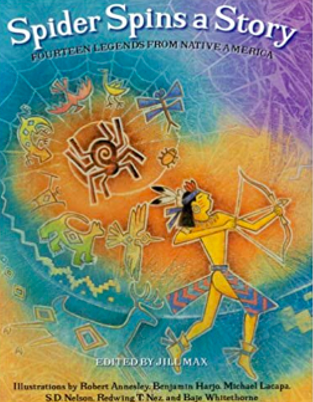
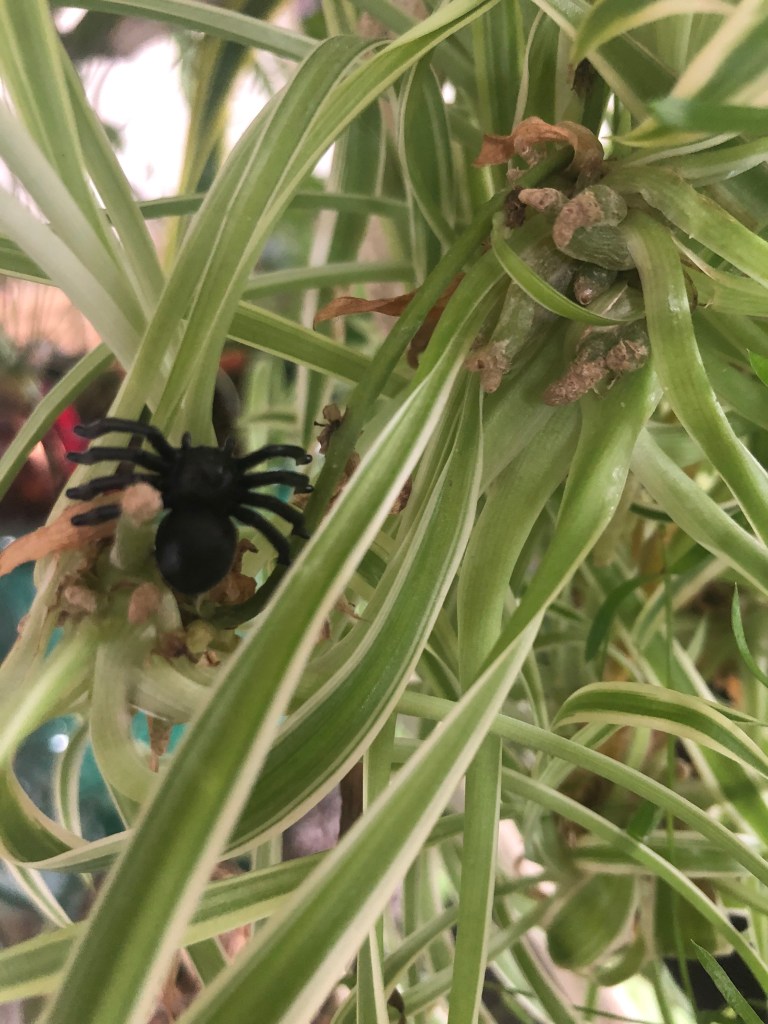
As an ECE Instructor, coach and now a grandma. I always look forward to your posts for insight, hope and inspiration.
LikeLike